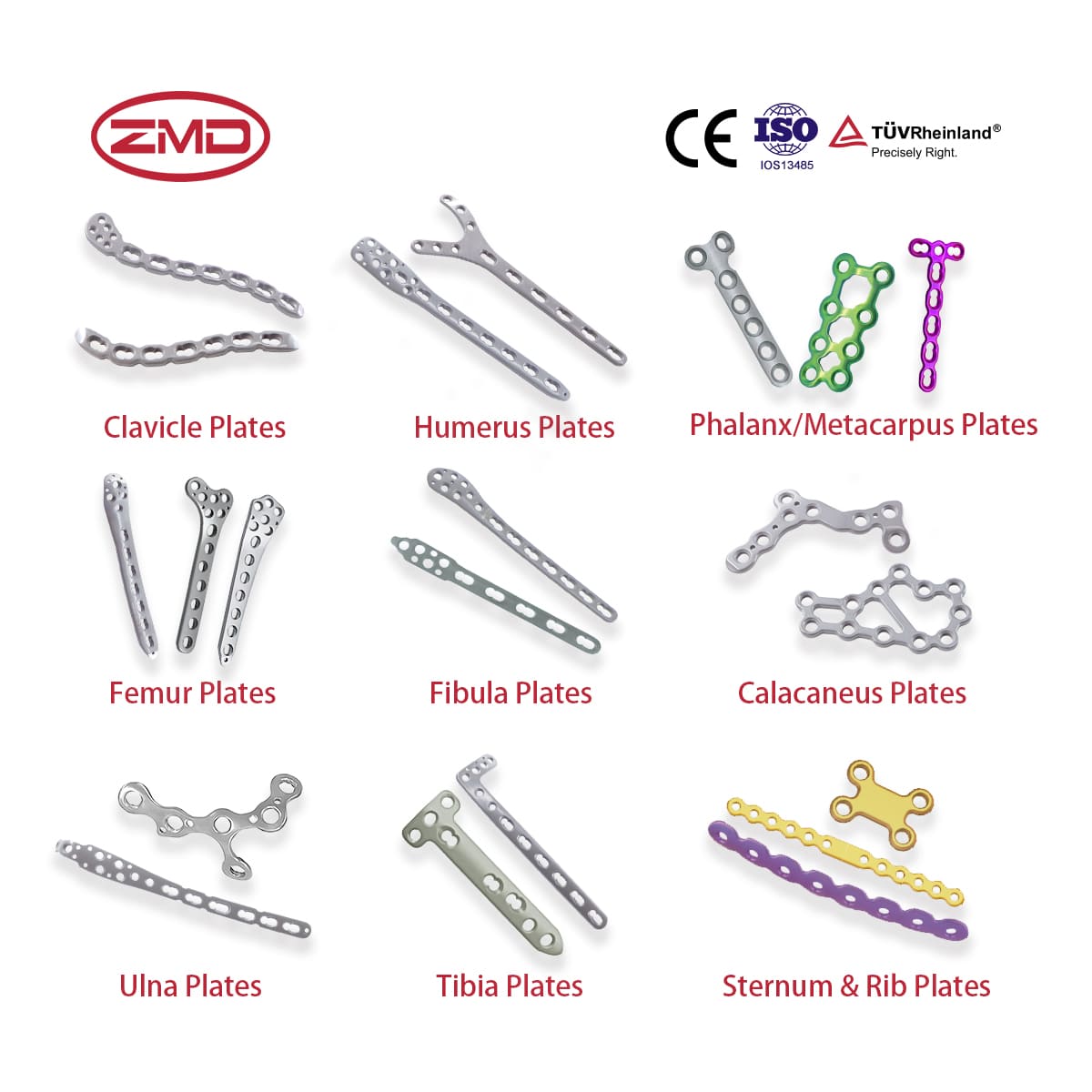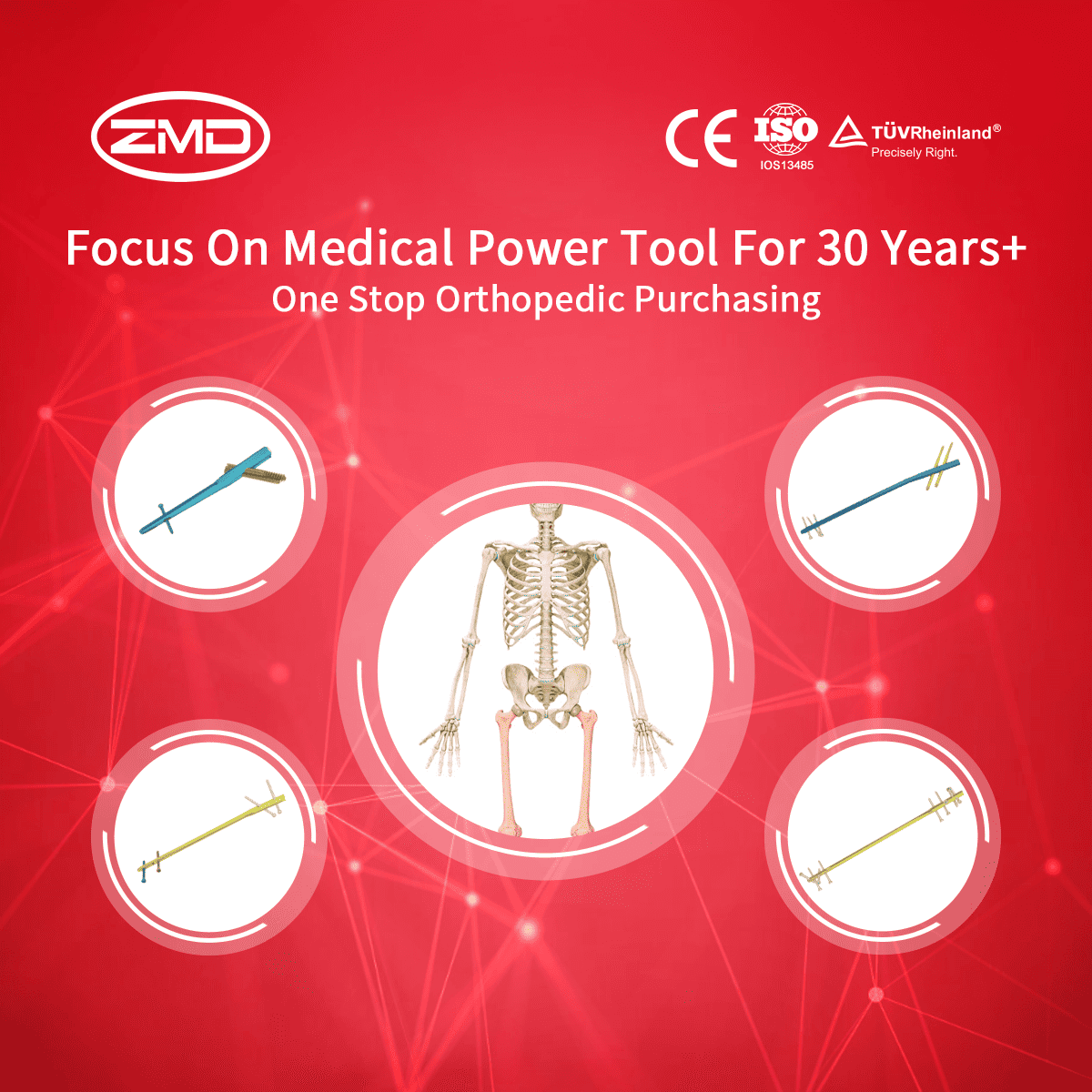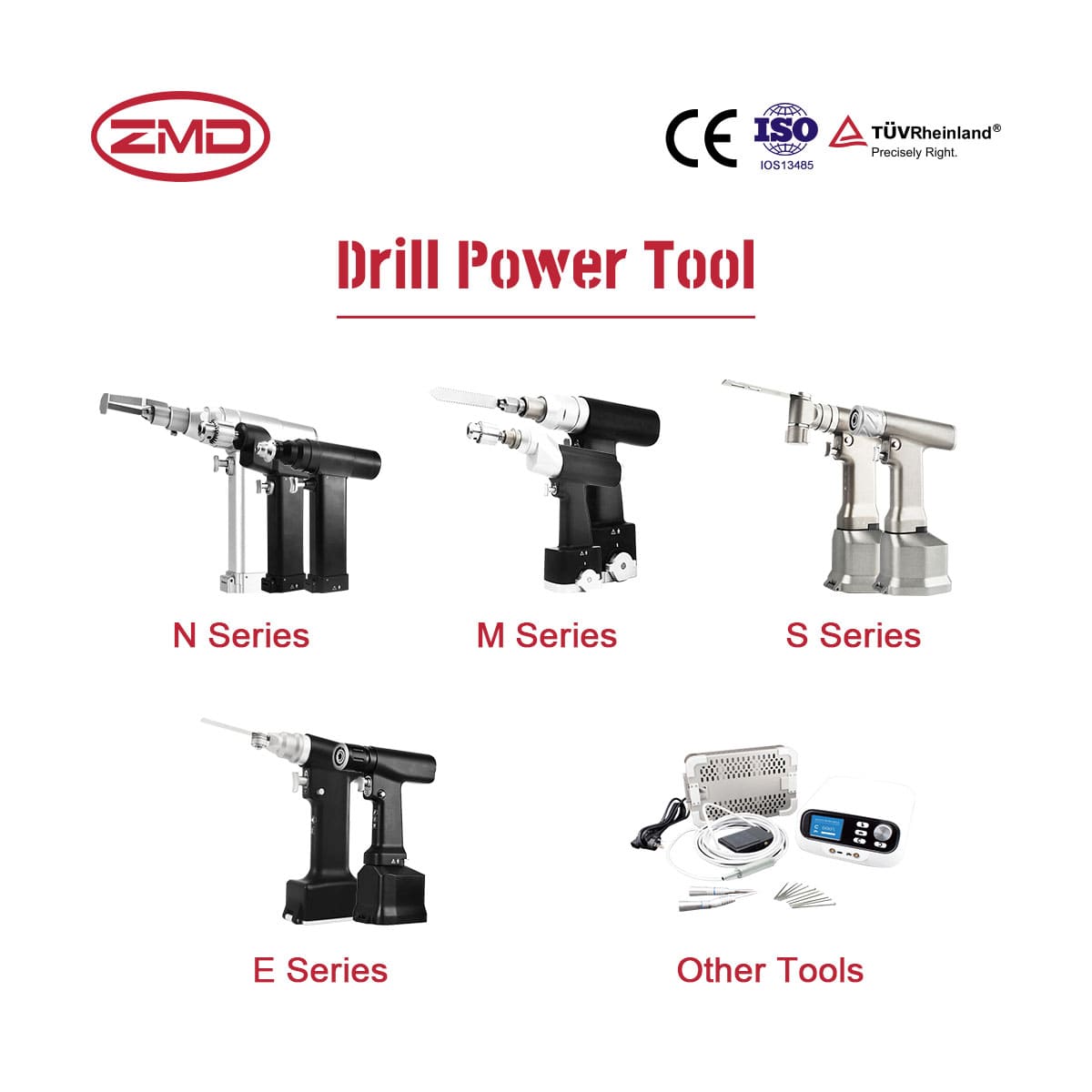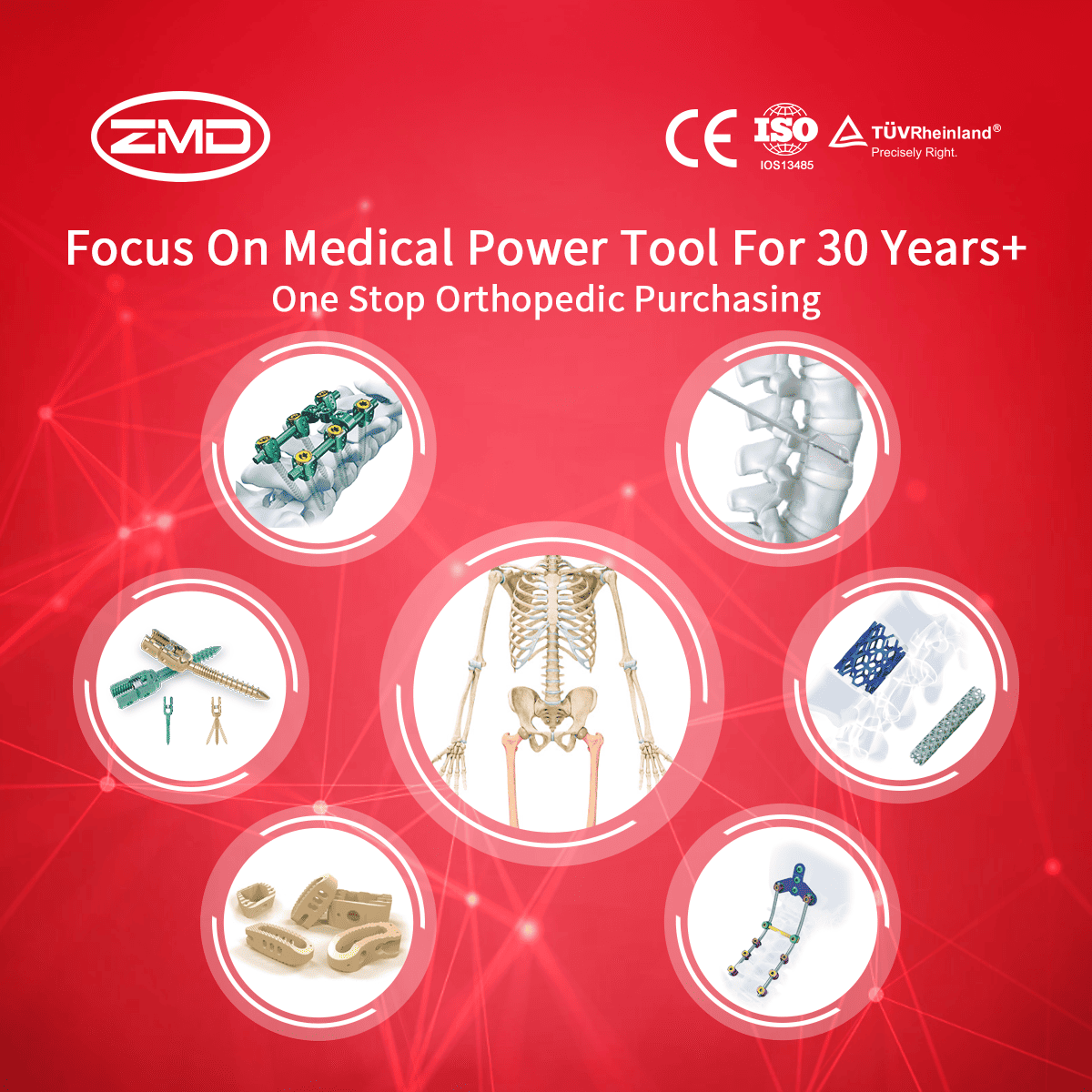Herbert Screw
ZMD
Orthopedic Products
Haven't been able to locate the product you're searching for yet?
If you're interested in more orthopaedic implant products, feel free to get in touch with our ZMD consultants.
What is a Herbert Screw?
The Herbert screw is a highly specialized bone fixation implant that has carved out a crucial niche within the realm of orthopedic surgery. Its forte lies especially in addressing fractures that afflict the scaphoid bone, a pivotal component of the wrist’s intricate skeletal framework.
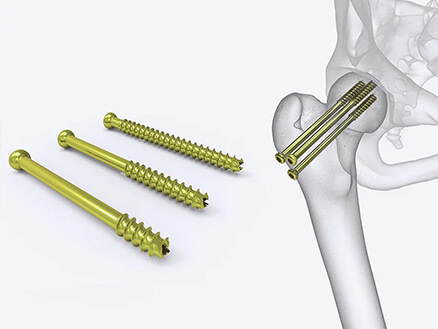
Herbert Screws: A Closer Look at Their Design, Benefits, and Applications
Design Features
- Headless Design: In contrast to the typical screws that sport a visible head, the Herbert screw takes a different tack with its headless configuration. This design choice isn’t arbitrary; it enables a remarkably low-profile insertion into the bone. When implanted, it lies flush with the bone surface, sidestepping the issues that a protruding head might cause, like rubbing against soft tissues and sparking irritation. Moreover, this flat, unobtrusive placement bolsters the overall stability of the implant within the bone, creating a more secure fixation that’s less likely to shift during the healing process.
- Variable Pitch Threads: The screw’s threading is a marvel of engineering, featuring a variable pitch. This means that as you travel along its length, the spacing between the threads isn’t uniform but changes. At the tip, the tighter thread spacing gives it an edge in getting a firm initial grip on the bone. It’s like a sharp claw that digs in easily, establishing a foothold for the rest of the insertion. Further down the screw, the wider thread spacing comes into play. This design tweak creates a mechanical advantage that ramps up the compression across the fracture site. By squeezing the broken bone fragments together more effectively, it paves the way for stable and efficient healing.
- Cannulated Design (Optional): Some iterations of the Herbert screw come with a cannulated structure, possessing a hollow core. This isn’t just a cosmetic addition; it’s a practical innovation that permits the screw to be threaded over a guidewire. In a surgical setting, the guidewire acts as a precise navigator, leading the screw to its intended destination within the bone. This process cuts down on the need for elaborate and potentially damaging drilling, streamlining the implantation procedure and enhancing accuracy.
Benefits
- Minimally Invasive Surgery: The headless nature, which allows for smaller incisions, and the possible cannulated design that simplifies placement, combine to make the surgical approach using Herbert screws less invasive. Patients experience less trauma during the operation, which in turn translates to reduced post-operative pain, a lower risk of infection, and a faster recovery period.
- Enhanced Fixation and Healing: Thanks to the variable pitch threads, the screw doesn’t just hold the bone fragments in place; it actively promotes healing. The initial firm bite and subsequent powerful compression work in tandem to keep the fracture site stable, giving the body’s natural healing mechanisms the best possible environment to knit the bone back together.
- Improved Patient Comfort: The low-profile, headless design means that soft tissues surrounding the implant are less likely to be irritated. Patients can move the affected area with less discomfort during the recovery phase, which is especially important for the wrist where mobility is crucial for daily activities.
- Versatility in Treatment: Herbert screws are available in a range of sizes and configurations. This variety ensures that surgeons can select the most appropriate option to match different fracture patterns in the scaphoid bone, whether it’s a small crack or a more complex break.
Applications
- Scaphoid Fractures: By far, the Herbert screw’s most common application is in treating unstable fractures of the scaphoid bone in the wrist. Given the unique biomechanics and importance of the scaphoid for wrist function, these screws provide the stability and compression needed to get patients back on track with their hand and wrist movements.
- Other Bone Fixations: While the wrist is its primary domain, in select cases, Herbert screws can also be deployed for specific fracture fixations in other small bones. Their design features make them suitable for scenarios where a low-profile, highly compressive, and precisely placed implant is required, depending on the particular size and anatomical constraints of the bone in question.
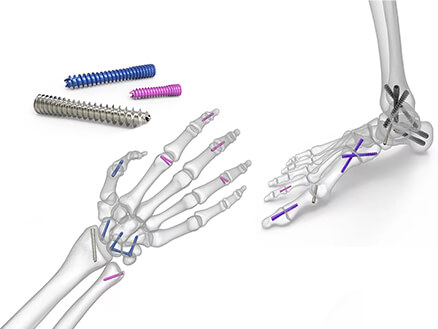
How Does a Herbert Screw Work?
A Herbert screw is a highly specialized implant that has been meticulously crafted to address the crucial task of bone fixation, with a particular emphasis on fractures occurring within the scaphoid bone of the wrist. This bone, being integral to the proper functioning and mobility of the wrist, demands precise and effective treatment when damaged.
Blog
International Women’s Day: Salute to the “She – Power” at ZMD
International Women’s Day: Salute to the “She – Power” at ZMD Amid the trends of “Intelligent Medical Devices” and “Minimally Invasive Medical Technologies”, ZMD thrives
Discover Innovation with Sunan Medical at AAOS
Discover Innovation with Sunan Medical at AAOS The American Academy of Orthopaedic Surgeons (AAOS) Annual Meeting is the premier event for orthopedic professionals worldwide, offering
Visit Us at Expomed Eurasia 2025: Discover Sunan Medical’s Innovations
Visit Us at Expomed Eurasia 2025: Discover Sunan Medical’s Innovations The 32nd Expomed Eurasia, taking place from April 24-26, 2025, at the Tüyap Exhibition and


